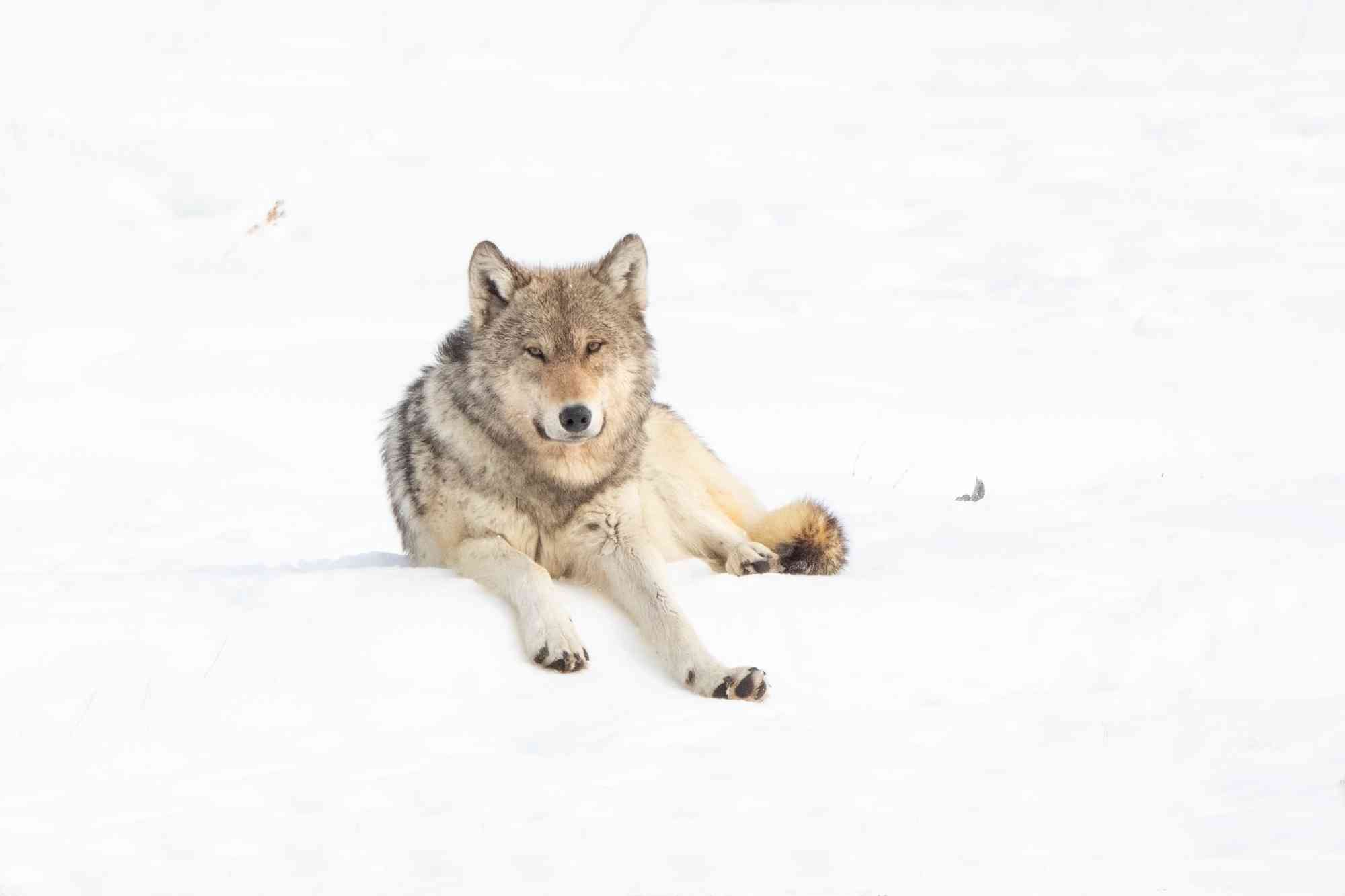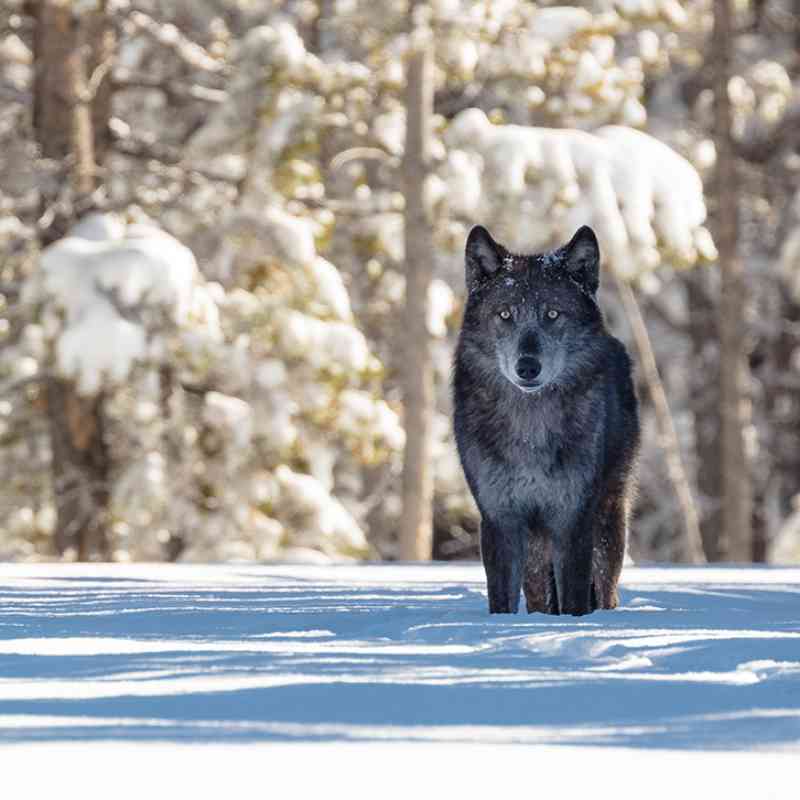The U.S. Fish and Wildlife Service today announced it will not relist gray wolves of the Northern Rocky Mountain population to the Endangered Species Act, withholding protections desperately needed for wolf populations to continue to recover.
“Today’s announcement tragically undermines the important restoration of gray wolf populations in suitable areas in the U.S.,” said Jamie Rappaport Clark, president and CEO of Defenders of Wildlife. “Starting in 2011, wolves in the Northern Rockies were stripped of Endangered Species Act protections and are now managed by states increasingly hostile toward wolves. Since wolves lost federal protections, unsustainable and cruel hunting regulations championed by anti-wildlife politicians and policymakers are condemning wolves to being recklessly pursued and killed throughout the Northern Rockies. We will continue to work tirelessly to defend wolves and deploy coexistence strategies working with ranchers and other stakeholders to ensure wolves are secure and thriving across the western landscape.”
Defenders has extensive experience in wolf-livestock conflict reduction — promoting and implementing effective nonlethal tools and techniques to reduce conflicts between wildlife and livestock throughout the country. Tools like specialized fencing called fladry and noise makers and techniques like utilizing range riders all deter predators from livestock and human activity. Wolf predation currently accounts for less than one tenth of one percent of livestock loss.
Gray wolves in most of the lower 48 states are protected under the ESA, with the exception of the Northern Rockies population. Protections were removed in Montana and Idaho in 2011 following a provision in a Congressional budget bill, the first time Congress has ever removed a species from the Endangered Species List. Wolves in Wyoming were delisted by the FWS. Montana and Idaho have 1,087 and 1,337 gray wolves respectively, while Wyoming has an estimated 162 wolves. In 2023, Idaho issued a wolf management plan that calls for a reduction of its population to about 500, while Montana’s draft wolf management plan seeks to reduce the current population by up to 60%. The final Montana plan is expected later this spring.
###
Background
For a full history of federal protections for gray wolves in the continental U.S., click here.
Defenders of Wildlife is celebrating 75 years of protecting all native animals and plants in their natural communities. With a nationwide network of nearly 2.2 million members and activists, Defenders of Wildlife is a leading advocate for innovative solutions to safeguard our wildlife heritage for generations to come. For more information, visit defenders.org/newsroom and follow us on Twitter @Defenders.





